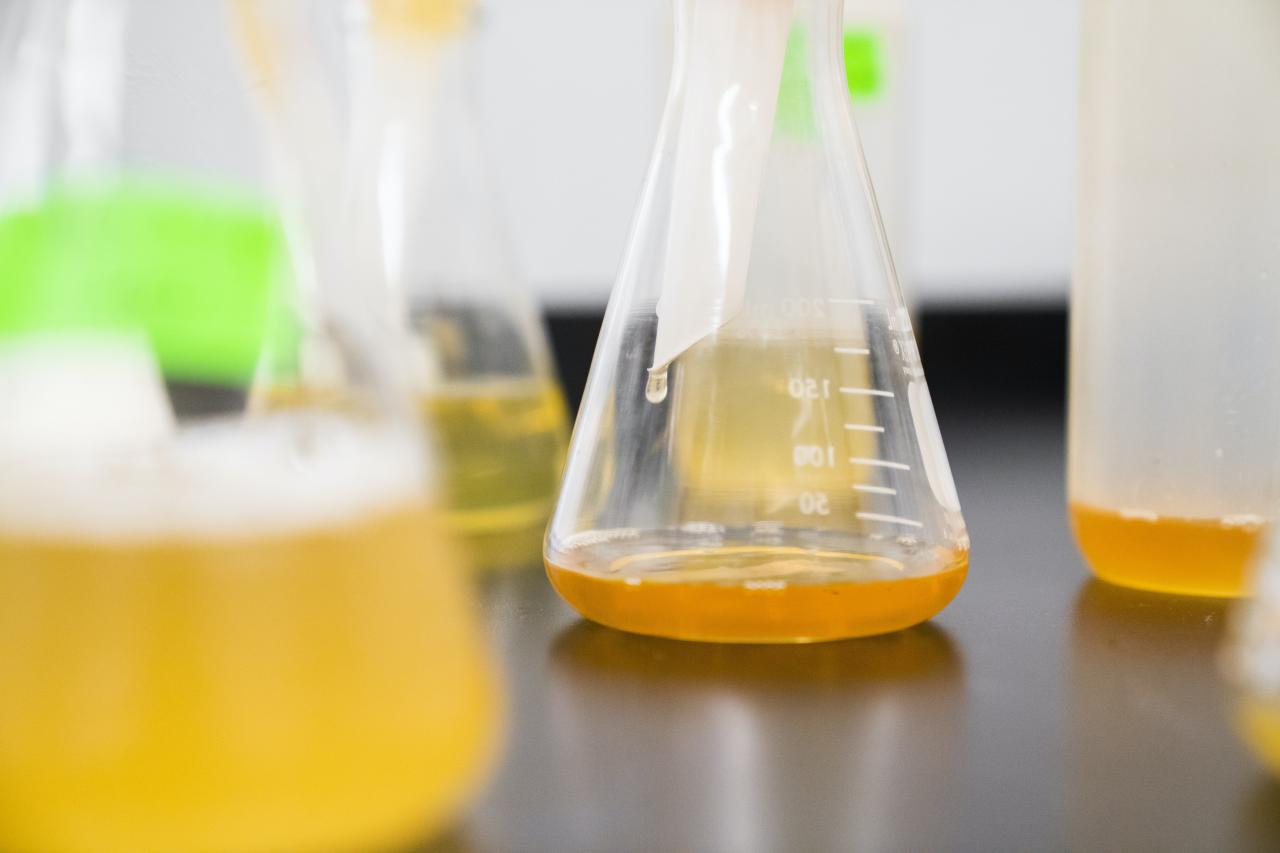1-hydroxyethylidene-1-1-diphosphonic-acid, commonly known as HEDP, is an organic phosphonic acid with the molecular formula C2H8O7P2. It is a clear, colorless liquid that is commonly used in industrial water treatment applications.

Chemical properties:
HEDP is an organophosphorus compound with the molecular formula C2H8O7P2. It contains two phosphonic acid groups and one hydroxyethylidene group per molecule. HEDP is a clear, colorless liquid that is highly soluble in water.
HEDP can function as a chelating agent, which means it forms complexes with metal ions, such as calcium, magnesium, and iron. These complexes are stable over a wide range of pH and temperature conditions, making HEDP useful in various industrial applications.
Industrial applications:
HEDP has a wide range of industrial applications, including:
- Water treatment: HEDP is widely used as a sequestering agent and scale inhibitor in cooling water systems, boilers, and other water-carrying equipment.
- Detergents: It is used in household detergents and cleaners to improve their cleaning efficiency and prevent scaling.
- Oil and gas production: It is used as a corrosion inhibitor in oil and gas production systems, well stimulation fluids, and drilling muds.
- Textile industries: It acts as a sequestering agent in textile dyeing and printing processes.
- Pharmaceuticals: It can be used as an ingredient in some medical products such as denture cleaners and mouthwash.
Safety measures:
HEDP is considered to be relatively safe with low toxicity, but like any other chemical, it must be handled with care. Some of the safety measures include:
- Wearing appropriate personal protective equipment (PPE), including gloves, goggles, and respiratory protection.
- Following good laboratory practices (GLP) and standard operating procedures (SOPs) when using HEDP.
- Storing and handling HEDP away from incompatible materials.
- Ensuring proper ventilation in the workplace to prevent the buildup of fumes or vapors.
- Properly disposing of HEDP waste according to local regulations.
Environmental impact:
HEDP is biodegradable, meaning it can break down into harmless substances in the environment. However, improper disposal of HEDP waste could lead to environmental pollution and harm aquatic life. Therefore, it is essential to follow proper disposal procedures and avoid releasing it directly into the environment.
In summary, HEDP is a versatile chemical compound widely used in various industrial processes. While generally safe, safety measures must be taken while handling and storing it to ensure its safe use, and proper disposal methods are necessary to minimize environmental impact.





No comment